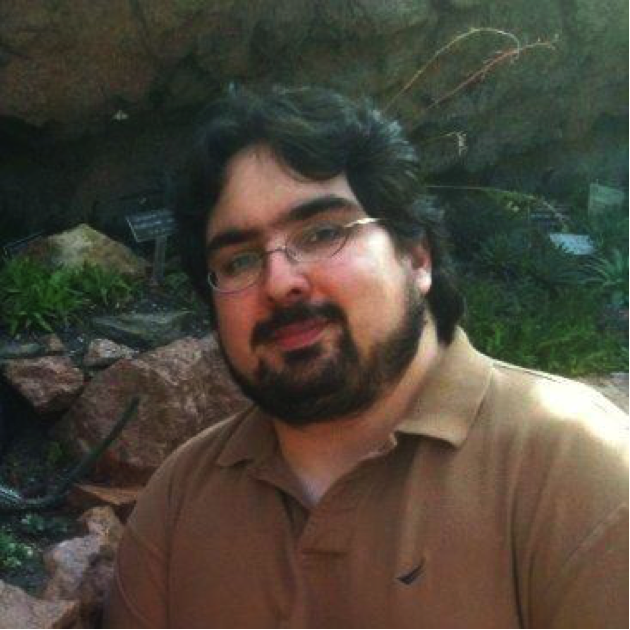Alex Telionis
A Blacksburg native solves global issues
What does Blacksburg, Virginia, disease breakout, and geographic information systems have in common?
Alex Telionis. A Blacksburg native, Telionis has studied at Virginia Tech for his bachelor's of science in biology, master’s in public health, and is now working on a master’s in geography along with a Ph.D. in genetics, bioinformatics, and computational biology, an interdisciplinary program affiliated with the Biocomplexity Institute at Virginia Tech. His combination of academic pursuits has given him unique skills that he has applied to multiple projects at the university.

Telionis decided to continue study in Blacksburg because he loves the small town feel paired with Virginia Tech. In addition, for him, it has “one of the best labs at computational and network epidemiology in the country.” It is one of the 17 research groups that are a part of the National Institutes of Health’s Models of Infectious Disease Agent Study (MIDAS). Additional support is provided by the Department of Defense’s, Defense Threat Reduction Agency (DTRA), part of whose mission is to respond to infectious disease outbreaks and bioterror events around the world. Since there are so few labs with such broad support, it offers Telionis equipment, like access to a supercomputer with 4,000+ cores and 22 terrabytes of memory, as well as resources he wouldn’t have elsewhere.
The program offers funding to help collaboration between researchers, which leads to developing computational models of how disease spreads, predicting how it will spread, and creating response strategies. The models that are developed can be used to predict and respond to disease breakout, potentially saving countless lives. Telionis has already been involved in several important projects tracking disease including Ebola, hepatitis C, Zika, Lyme disease, and melioidosis.
Large-scale disease breakouts can cause panic for groups of people across the globe, which was the case for the Ebola breakout in West Africa. The question for the researchers is, once a breakout occurs, how do we handle it? Telionis worked with a team of researchers, analyzing various types of data, like population density and road networks, to decide where to place treatment centers for Ebola in Liberia. He was able to dedicate his specialized knowledge of spatial and network epidemiology to figure out where the best locations for these treatment centers would be to minimize travel time for those whom he predicted would become sick in the future. Government agencies are able to use the results of researcher’s studies, like Telionis', to decide where to place treatment centers and track where breakouts may occur.
While much of Alex’s research has a global impact, he has also focused on regional issues. The New River Valley, for example, has a high incidence of hepatitis C, according to Telionis.
“It’s actually terrifying because we aren’t sure if part of this increase is the result of better surveillance, or if it is indeed a massive epidemic. Considering the close association with the very real opioid epidemic, the latter is quite possible.”
As part of the ongoing project, Alex works with epidemiologists at the New River Health District to identify areas concentrated with the disease using a spatial temporal scan statistic. After the scan they will compare social determines and hepatitis C outcomes.
In some ways this project has been more difficult than others, he explained, because tracking a disease like hepatitis C means asking people personal questions since it can be contracted by intravenous drug use and sexual contact. However, gathering personal information from infected patients is critical to building realistic models for tracking the disease.
Telionis hopes to use his specialized knowledge to teach others by becoming a professor of undergraduate and master’s students. As a professor he would continue to research and apply his unique skills to aid the modeling and research community as they collaborate to stop and manage disease breakout.
Article written by Meaghan Martin while participating in ENGL 4824: Science Writing in Spring 2017 as part of a collaboration between Fralin and the Department of English at Virginia Tech.




